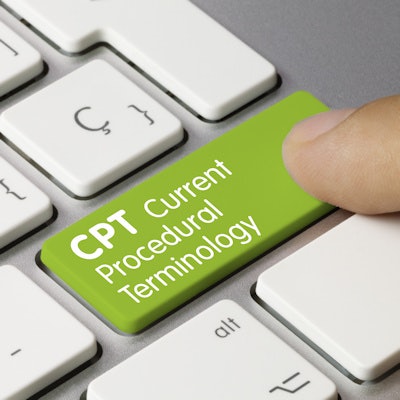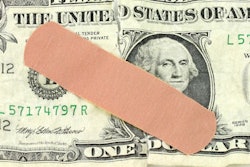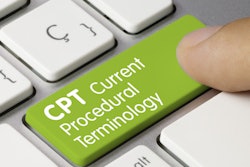
One of the most difficult aspects of the dental surgical process can be helping patients figure out how they're going to pay for the treatment. The dental team sees deteriorating oral health situations that can affect patients' health, but the patients are focused on the cost of the procedures.
Unless the team can find a way to help them pay, their health issues may persist. Medical billing for dental surgery may make it easier for patients to afford treatment because the reimbursement rates are generally higher than dental insurance reimbursement.
However, practices should be aware that filing medical reimbursement claims means changing how your practice thinks about treatment billing.
Documenting medical necessity
To receive reimbursement from medical insurers, a case needs to be made that the procedure is necessary. The decision-making process also needs to be explained in terms that a medical insurer can understand, using International Statistical Classification of Diseases and Related Health Problems, 10th revision (ICD-10), and Current Procedural Terminology (CPT) codes. These codes may appear similar to those from the Code on Dental Procedures and Nomenclature (CDT Code), but they're more detailed and take time to learn.
For a medical billing claim to be approved, the following will need to be documented:
- The primary presenting situation
- Any secondary supporting diagnosis
- The diagnostic code for the planned treatment
- Surgical preauthorization
- Medical necessity, in the form of a letter from the patient's primary care physician
- The procedures to be performed at each surgery location
This information provides the medical insurance company a complete picture of the care provided. It should make a compelling case that the issue treated was a medical issue, not simply a dental one, and that it should be eligible for reimbursement by the patient's medical insurer.
Preauthorization
In my experience, most dental practices frequently deal with preauthorization. It's usually fairly easy to contact the insurer, explain the procedure and the date, and receive preauthorization for treatment.
While some insurers will provide retroactive preauthorization, it is safer to contact the insurer for preauthorization when the surgery is scheduled. Being proactive may make the difference between the acceptance and rejection of a claim.
When the insurer is contacted, a practice can also collect information on what coverage the patient has and how the insurer will reimburse. It's essential to obtain information on co-pays and deductibles upfront to help patients plan for their part of the cost.
Letters needed
The letter of medical necessity allows practitioners to outline the case for surgery. An ICD-10 code must be used properly in this letter or the insurer will reject the claim. The goal is to build an ironclad case for the treatment plan, so that the insurer understands that treatment is necessary and it addresses the patient's problems.
In general, each letter should include no more than four diagnostic codes. List the codes in order, from the most important to the procedure to the least important.
In addition to the letter of medical necessity, it can be helpful to get a supporting letter signed by your patient's primary care physician. This provides the insurance company with more evidence that the procedure is necessary.
This is also an opportunity to expand on other contributing factors from the patient's medical history. For instance, the letter might start with the patient's periodontal disease, and then mention the patient's heart disease and type 2 diabetes, since these conditions both complicate the surgery and make treatment more urgent.
Part 2 of this series will address how to include the correct codes and what your team needs to know about claim forms.
Christine Taxin is the founder and president of Links2Success, a practice management consulting company for the dental and medical fields.
The comments and observations expressed herein do not necessarily reflect the opinions of DrBicuspid.com, nor should they be construed as an endorsement or admonishment of any particular idea, vendor, or organization.



















